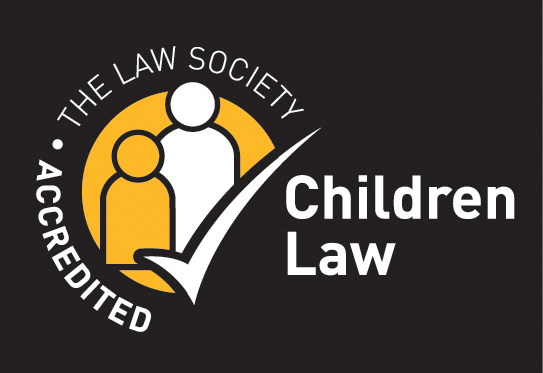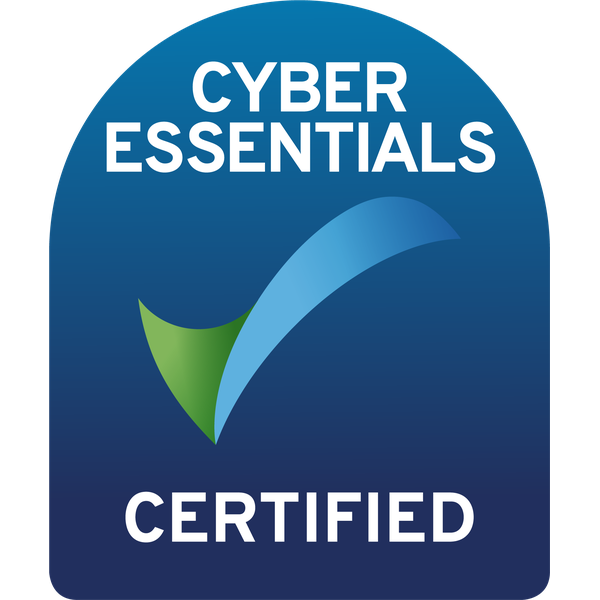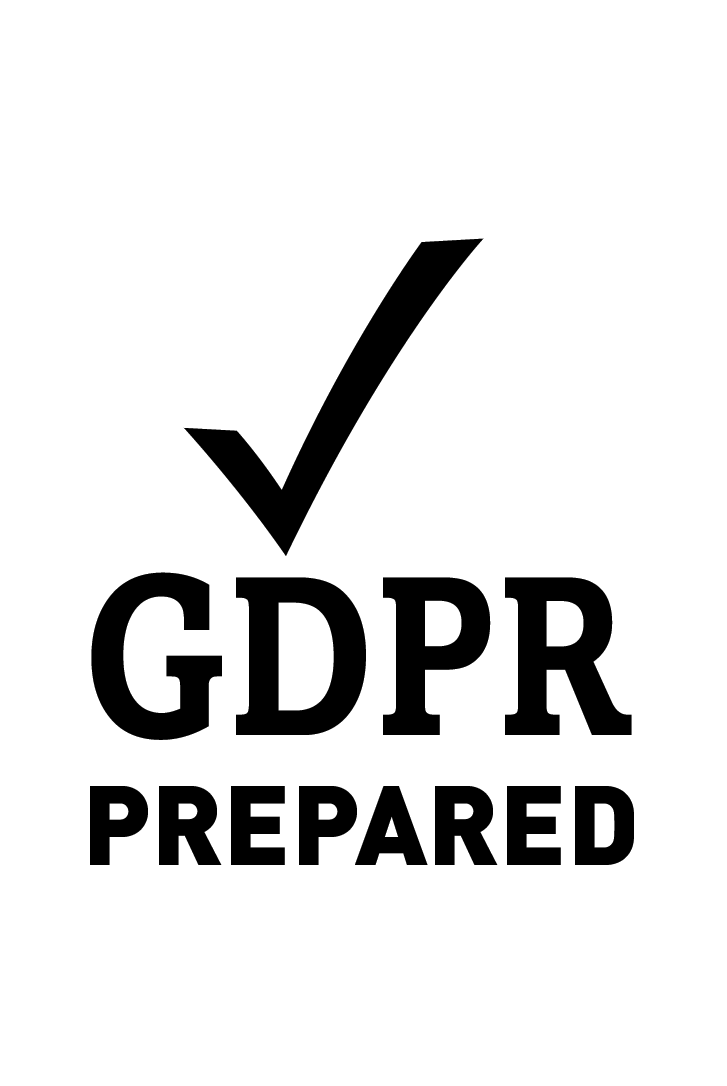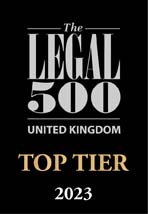Between 2016 and 2021, over 100,000 child abuse image crimes were recorded by UK police forces. According to the NSPCC, the number of offences related to possessing, taking, making, and distributing child abuse material tipped at 25,281 in 2020/21. This was up 37% from 2016/17 and the total number of offences recorded over the five years was 107,000. Many of those investigated in connection with indecent images of children have never encountered the criminal justice system before and the process can be unfamiliar and frightening. One of the key things to understand if you are being investigated concerning indecent images is how such images are categorised.
Before explaining the classification of indecent images of children, let us examine what an indecent image actually is under UK law.
how Is An indecent image defined?
There is no legal definition of an ‘indecent image’. What is or is not indecent is for a jury to decide using an objective test. However, we can list some examples of indecent images, such as:
- Children engaging in sexual activity either with another child or an adult.
- Naked or partially naked children.
- Children posing sexually.
- Selfies of children acting or posing in a sexual way.
Under the Protection of Children Act 1978 (as amended), it is prohibited to take, make, circulate, and possess with a view to distribute any indecent photograph or pseudo photograph of a child. A child is defined as a person under 18 years. In addition, section 160 of the Criminal Justice Act 1988 makes possession of indecent photographs or pseudo photographs of children (without plans to distribute them) a criminal offence.
It is important to note that the term “make” has been given a broad interpretation by the courts and includes:
- Opening an indecent image through an email attachment.
- Downloading an image from a website onto a computer screen.
- Storing an image in a directory on a computer (although depending on where that image is stored, this could also be a simple possession charge under section 160 of the Criminal Justice Act 1988.
When it comes to ‘sharing’ indecent images, you may be convicted if the prosecution can prove beyond reasonable doubt that you sent the image via email, placed it on a file-sharing platform or uploaded it to a site that other people have access. This is referred to as distribution as is considered more serious by the courts as it involves the dissemination of the material.
how ARE indecent images categorised?
Under the Sentencing Council’s guidelines for sexual offences which includes indecent images of children, indecent images offences are grouped into three categories:
- Category A – Images involving penetrative sexual activity, sexual activity with an animal, or sadism
- Category B – Images involving non-penetrative sexual activity
- Category C – Indecent images not falling in categories A or B
Each of these categories provides a starting point for the court when it comes to sentencing. For example, the starting point for producing a Category B image is two years’ custody with a range of between one to four years’ prison sentence. There are several aggravating factors which can lead to the court handing down a sentence at the higher end of the range, including:
- Previous convictions
- The offence was committed whilst you were out on bail
- The age and/or vulnerability of the child depicted (this is given significant weight)
- A large number of images produced (or possessed or distributed as the case may be)
- Moving images
- Abuse of trust
- The child was intoxicated and/or drugged
The above list is not exhaustive, and neither is the full list contained in the guidelines. This means the court has a wide discretion when it comes to considering what may or may not be aggravating factors.
Examples of mitigating factors which could lead to the sentence handed down being at the lower end of the range available to the court include:
- No previous convictions or no relevant/recent convictions
- Remorse
- Previous good character and/or exemplary conduct
- Age and/or lack of maturity
- Mental disorder or learning disability, particularly where linked to the commission of the offence
- Demonstration of steps taken to address offending behaviour
- Physical disability or serious medical condition requiring urgent, intensive, or long-term treatment
Pleading guilty will lead to a reduced sentence, however, the court must also consider whether you should be found ‘dangerous’.
If the court comes to this conclusion, you would serve 2/3 of your sentence and the court would also impose an extended licence period. This means you would be subject to supervision from probation under the licence terms, for a longer time.
What does Category A indecent images mean?
Category A indecent images are the most severe. They include images showing a child or children being subjected to gross assault, sadism, or bestiality, and being sexually penetrated. Any image that depicts a child being subjected to pain also falls into Category A.
What does Category B indecent images mean?
Category B indecent images are moderately severe. They include images showing a child or children being subjected to non-penetrative sexual activity. This category covers two ‘levels’ on the Sentencing Guidelines Council (SGC) Guidelines, levels 2 & 3. These levels make a distinction between whether the child or children were engaging in sexual activities with an adult.
- Level 2 – Non-penetrative sexual activity either between children, or solo masturbation by a child.
- Level 3 – Non-penetrative sexual activity between adults and children.
What is a Category C indecent image of a child?
Category C offences are the least severe. Images of children in erotic poses fall into this category.
In most cases, images found on a defendant’s devices fall into two or more categories. If convicted, the court will sentence the offender concurrently, with the highest category image (known as the lead offence) being adjusted upwards if any aggravating factors are applied.
How do the police select which category an indecent image will be placed into?
To assist the police and prevent them from having to view large numbers of highly distressing images the Child Abuse Image Database (CAID) was created. The CAID is a database that holds records of indecent images of children. Its software can analyse images contained on an electronic device seized by the police (for example a phone or a laptop) and compare them against the stored images using keywords and meta-data. The database will assign a grade to the image and once it has been graded by three police forces it will be stored on the CAID and will not have to be viewed by an officer again.
Concluding comments
If you are being investigated and have had your devices seized on suspicion of making, producing, distributing, possessing with intent to distribute, or simple possession of indecent images you must contact a Criminal Defence Solicitor immediately. Not only can this type of investigation lead to a custodial sentence, it can also destroy your personal and professional reputation. Early advice from a specialist crime solicitor may prevent the matter from being prosecuted and enable you to achieve the best outcome possible.
Reeds Solicitors is an award winning and leading top-tier criminal defence firm. For legal advice and representation, please contact us through our contact page here. Alternatively, you can phone 0333 240 7373, or email us at info@reeds.co.uk.







